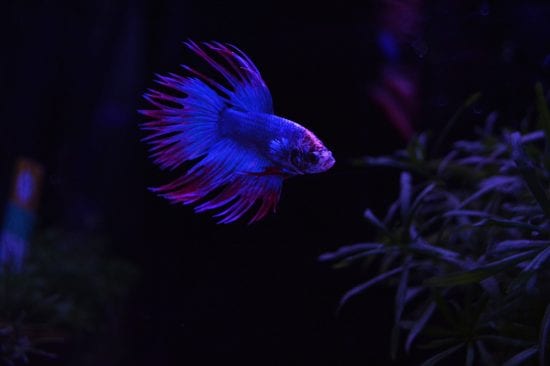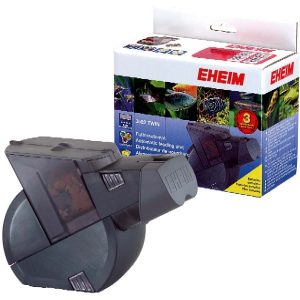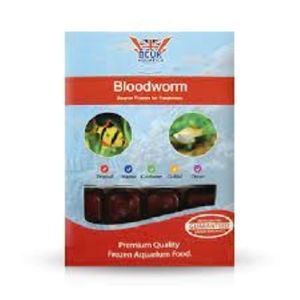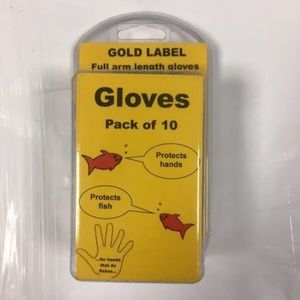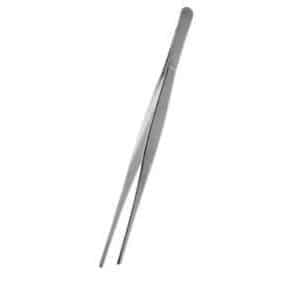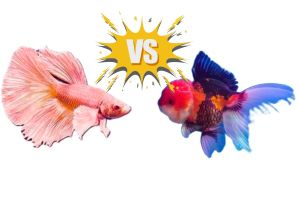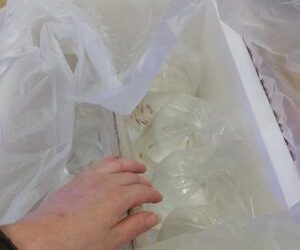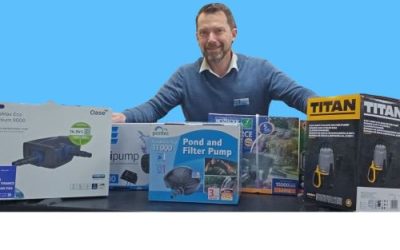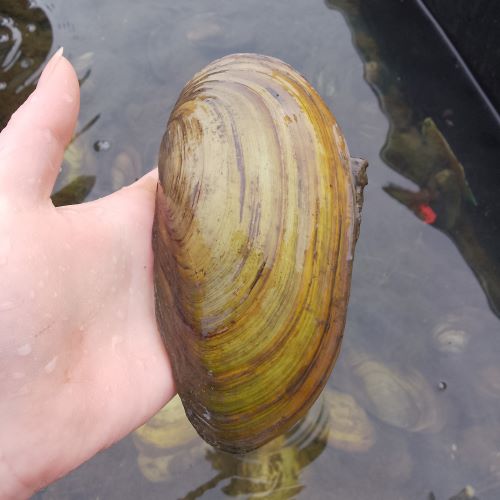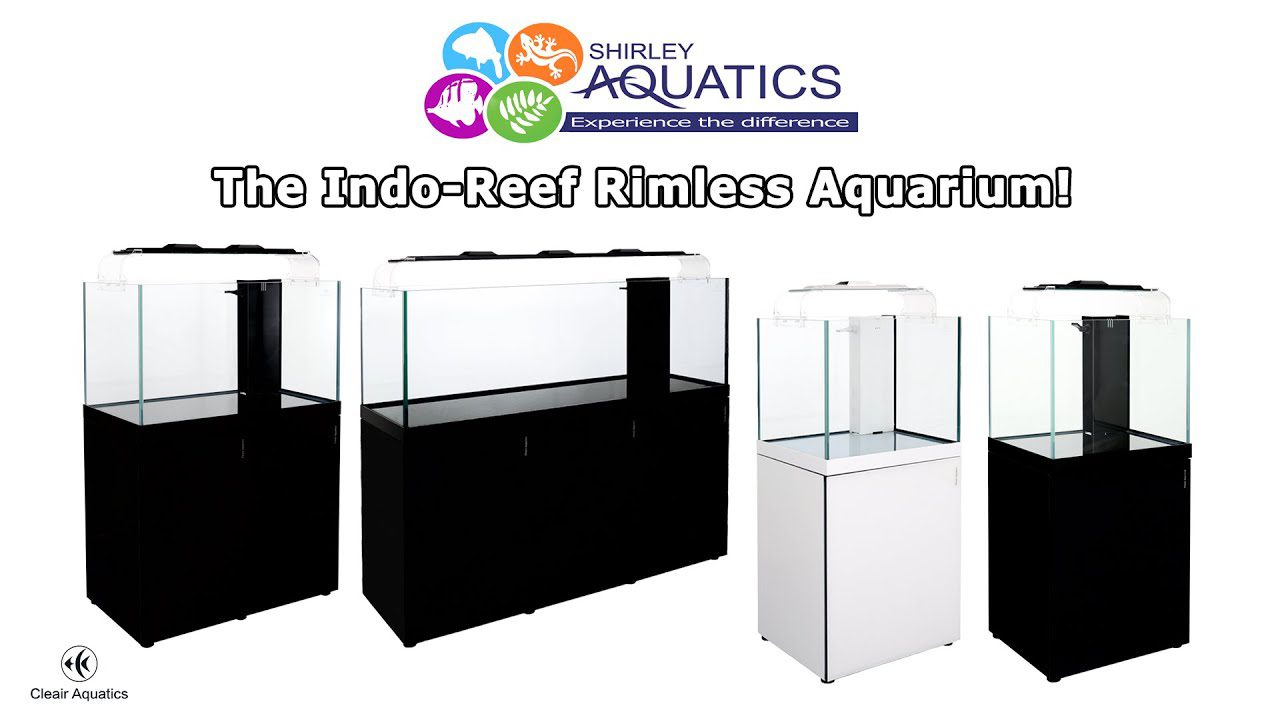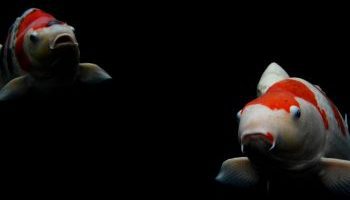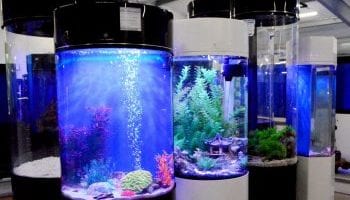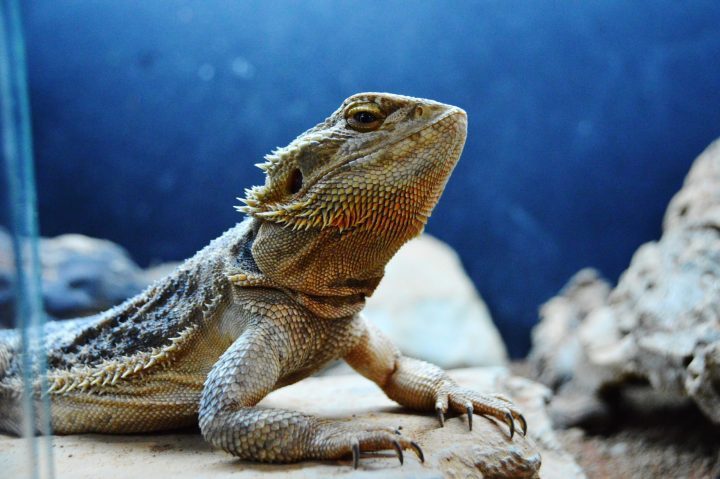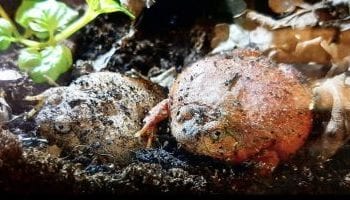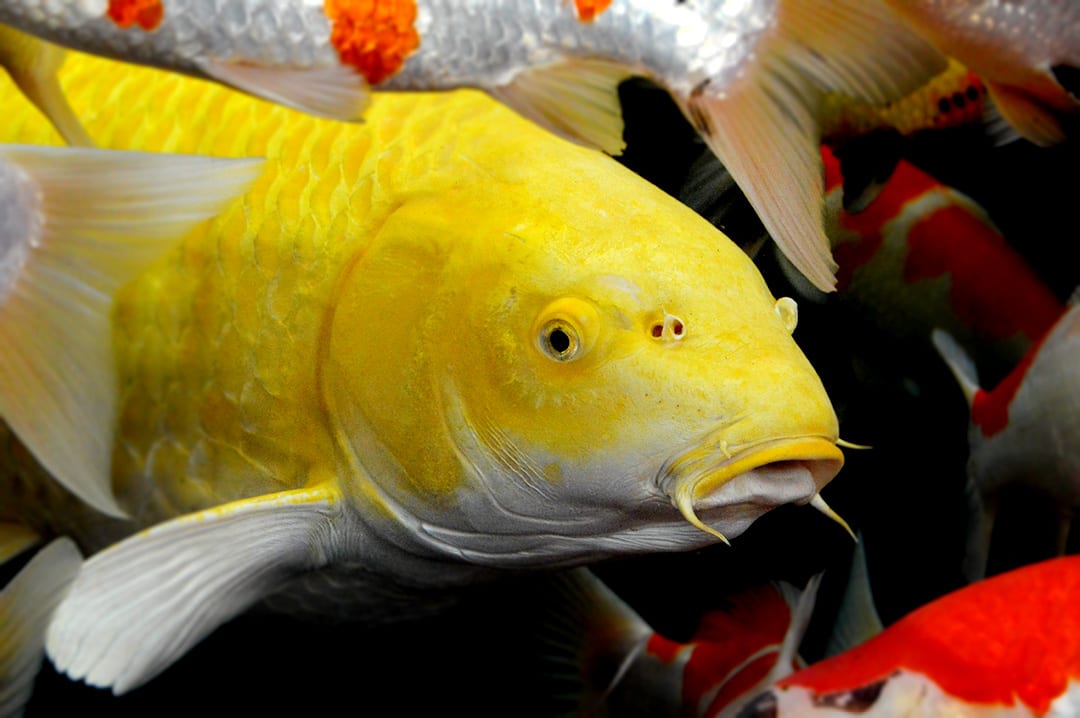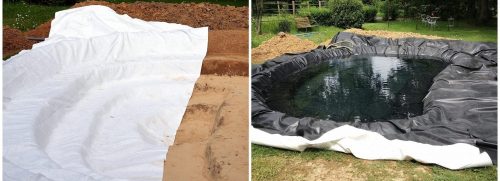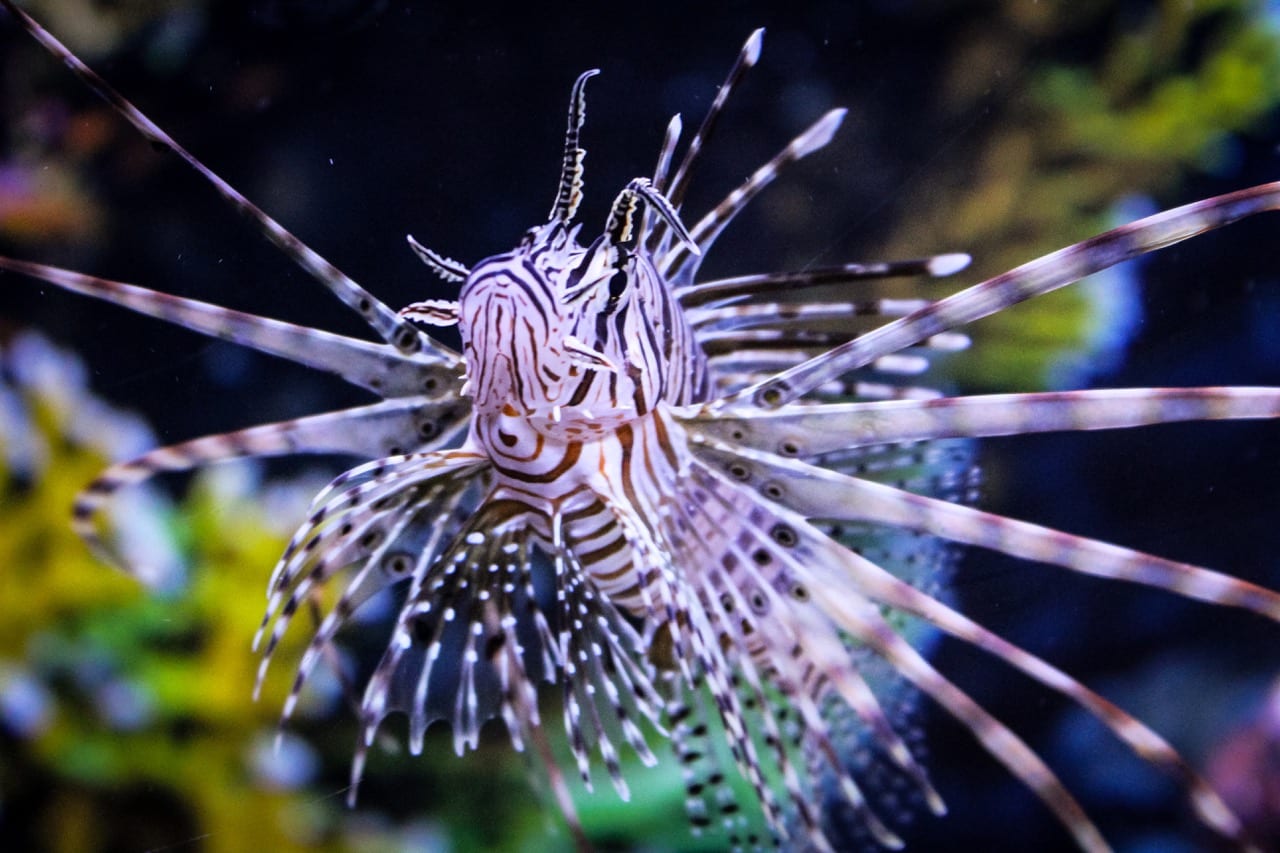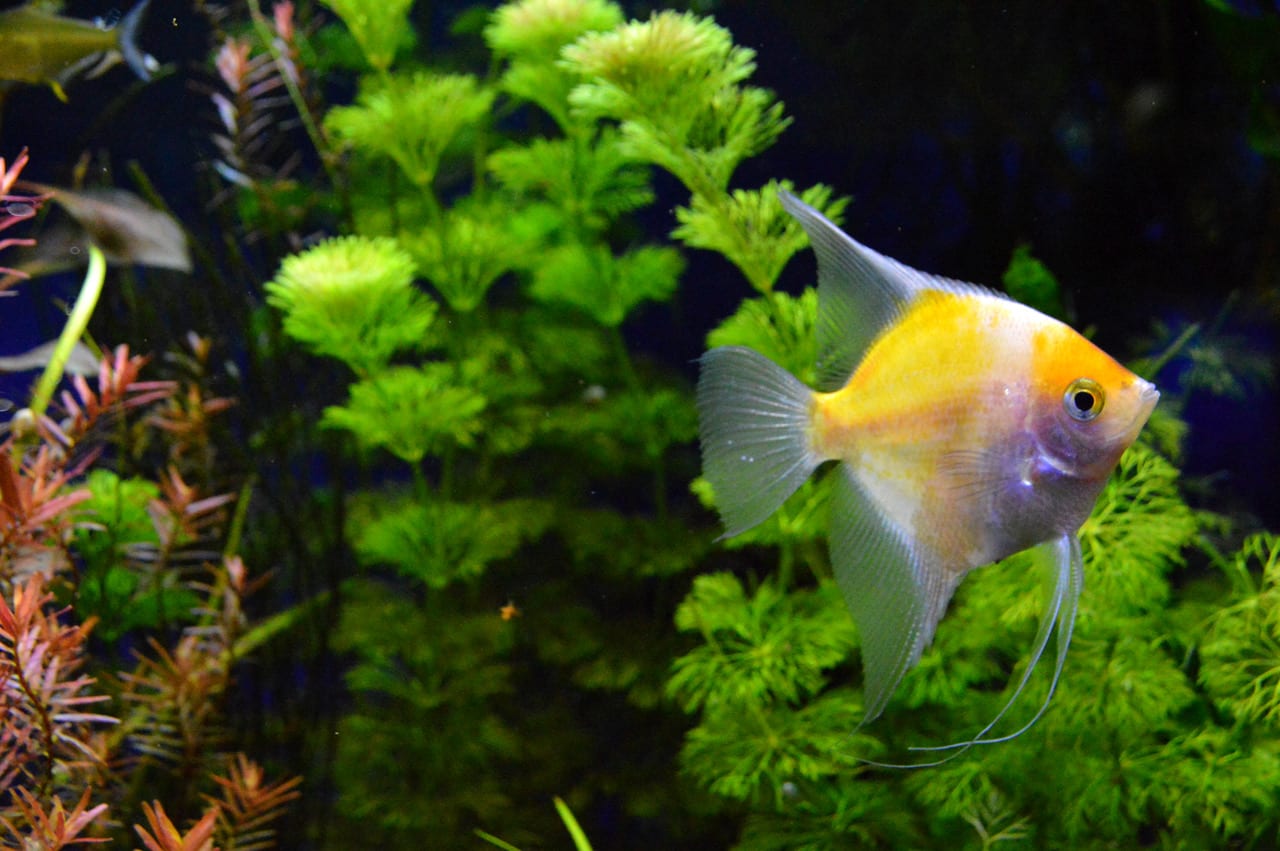Our Do’s and Don’ts for feeding frozen bloodworm to your fish.
If you, like so many others out there, have opted to feed your fish frozen bloodworm, then here is a helpful guide that advises not only the necessary steps, but also reasons as to why we recommend this food choice, and the risks that apply when following alternative methods.
Warning
Overfeeding is the most common mistake fish owners make. Overfeeding clogs the filter, and breaks down into toxins that are harmful to fish. Hence the warnings on the packages.
If you find that your fish get through an entire cube of bloodworm before the expiry date, you may find yourself tempted to defrost whole cubes at once and then feed periodically, and while this would seem a logical solution, we would recommend that you only defrost what you need as the bloodworm are more likely to become exposed to harmful bacteria.
It is also important to avoid touching the bloodworm if possible to reduce the chances of a possible allergic reaction. Although these are rare, they should be taken seriously.
Before starting, we recommend you prepare the following tools & equipment:
- Healthy freshwater fish in a clean and balanced fish tank
- Gloves
- Frozen Bloodworm
- Small container
- Stirrer
- Pipette or tweezers for target feeding
- Net for cleaning
Feed the correct amount
The amount of bloodworm to feed your fish will vary depending on the size of your tank and the amount of fish you have. Typical guidelines for feeding fish suggest that you should give no more than what can be eaten in around 3 minutes, as the excess food can cause contamination issues which can harm the fish. If you have concerns that some fish are eating more than others, or if you do not yet know how much food your fish consume, we recommend either using the instructions that can be found on the packaging, speaking with a local aquarium expert or read on to find out how to conduct a feeding test.
Frequency of feeding and timing can also be important depending on your breed of fish especially if you have any nocturnal fish. Fish, especially cold water fish will eat way more than they actually need, excess food will pass through them and become a problem! Probably one of the best ways to check if you are feeding too much is to test the water regularly and reduce the feeding if there are any signs of water quality deteriorating or cloudy water.
Thaw the bloodworm
While many fish owners will happily throw the frozen bloodworm into the tank, this should be avoided, especially if your fish are sensitive to temperature changes. It can also be uncomfortable for their digestive system. We recommend filling a small dedicated container partially filled with water from the tank and using this to defrost the frozen bloodworm, this should take no longer than a minute or so, and may also need some disturbance to break the bloodworms apart.
The freezing process can often be a destructive one with the frozen cubes containing smaller particles and juices that the fish just won’t eat. This then just becomes a bio-load on your filter, and so straining the defrosted food through a net is an excellent way of avoiding this problem.
If you do not know how much to feed, defrost an entire cube, as excess food can either be discarded or can be kept for a while. Be sure to check the weight of the cube, either manually or by checking the packaging.
How to feed frozen bloodworm to your fish
Mass Feeding
For those that are certain of the amount to feed their fish, and are confident that the entire amount will be consumed, the entire amount can be added to the tank as once, however we would recommend pouring this across the length of the tank to ensure even distribution.
Target Feeding
If you are concerned that some fish, or frogs are not getting a fair amount of food, then it can be ideal to use tongs, tweezers, pipette or even a length of plastic pipe to direct the food and feed fish independently.
Feeding Test
To test how much food you fish need, begin feeding in small increments. If you have a plastic spoon or fork available, you may find that your fish will eat from this. Once you are satisfied your fish have eaten a good amount, weigh the remainder of the food and store in a clearly labelled container in the fridge. Deduct this weight from the weight of the total cube to identify your feeding amount. This can be cut from the frozen block for future feedings.
Fish Feeders
Just as cats and dogs know where to go for their food, worm feeders or feeding rings can be a good way of keeping the food in one place whilst your fish finish it off. The fish will become accustomed to this and will often congregate around the leader. There are also automatic feeders available, but these are only to be used for dried or freeze dried foods.
Clean up & storage
After 5 minutes, use tongs or tweezers to remove any uneaten food & store excess in the fridge in a clearly labelled container away from food. Wash all used equipment and put away ready for the next feed, wipe surfaces with disinfectant & wash your hands thoroughly. Should your fish begin to show signs of unusual behaviour, contact your bloodworm supplier or consult a fish expert either in store or online.
If you need any of the equipment mentioned above either follow the links in the text or choose what you need below!
-
Eheim Twin Auto Feeder£68.99
-
Frozen Bloodworm pack 100g£1.90 – £18.00Price range: £1.90 through £18.00
-
Disposable Gloves Pack of 10£6.50
-
Feeding Tongs Straight 30cm£14.99


